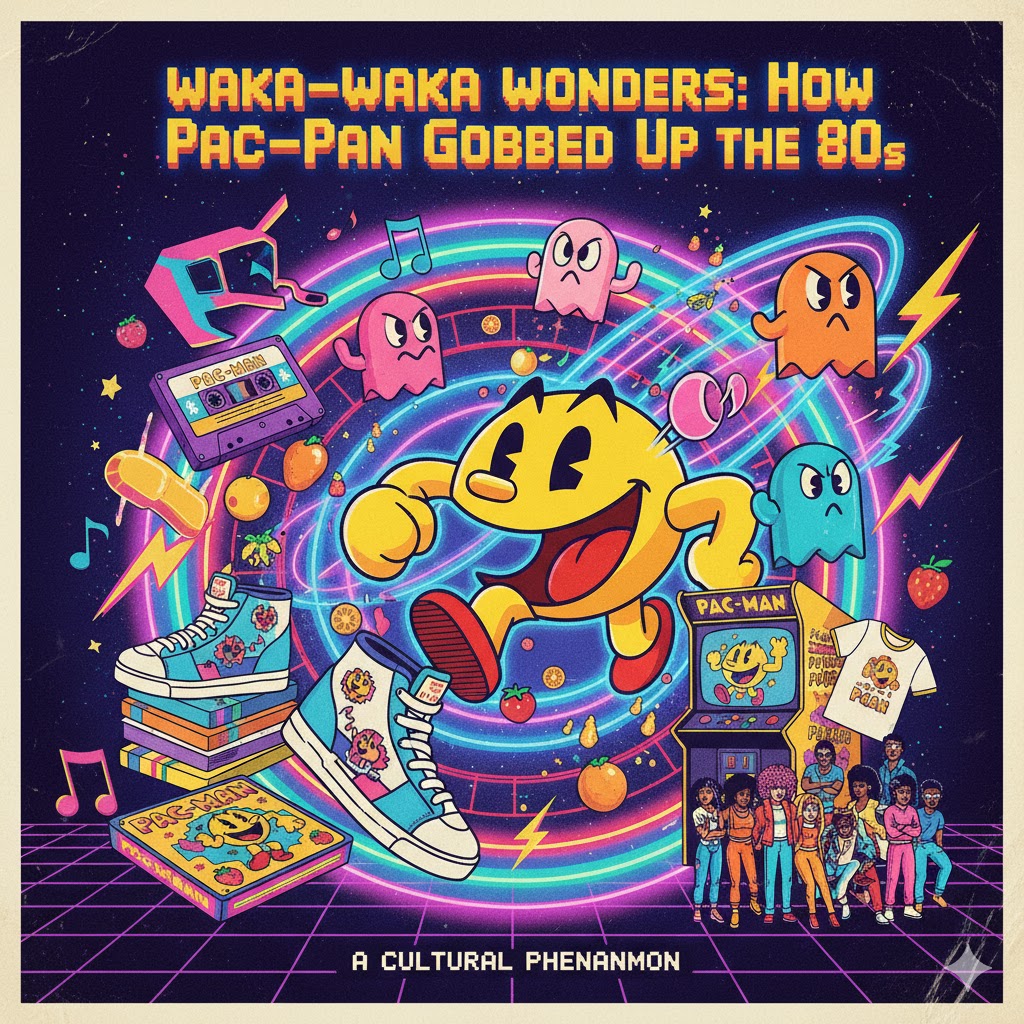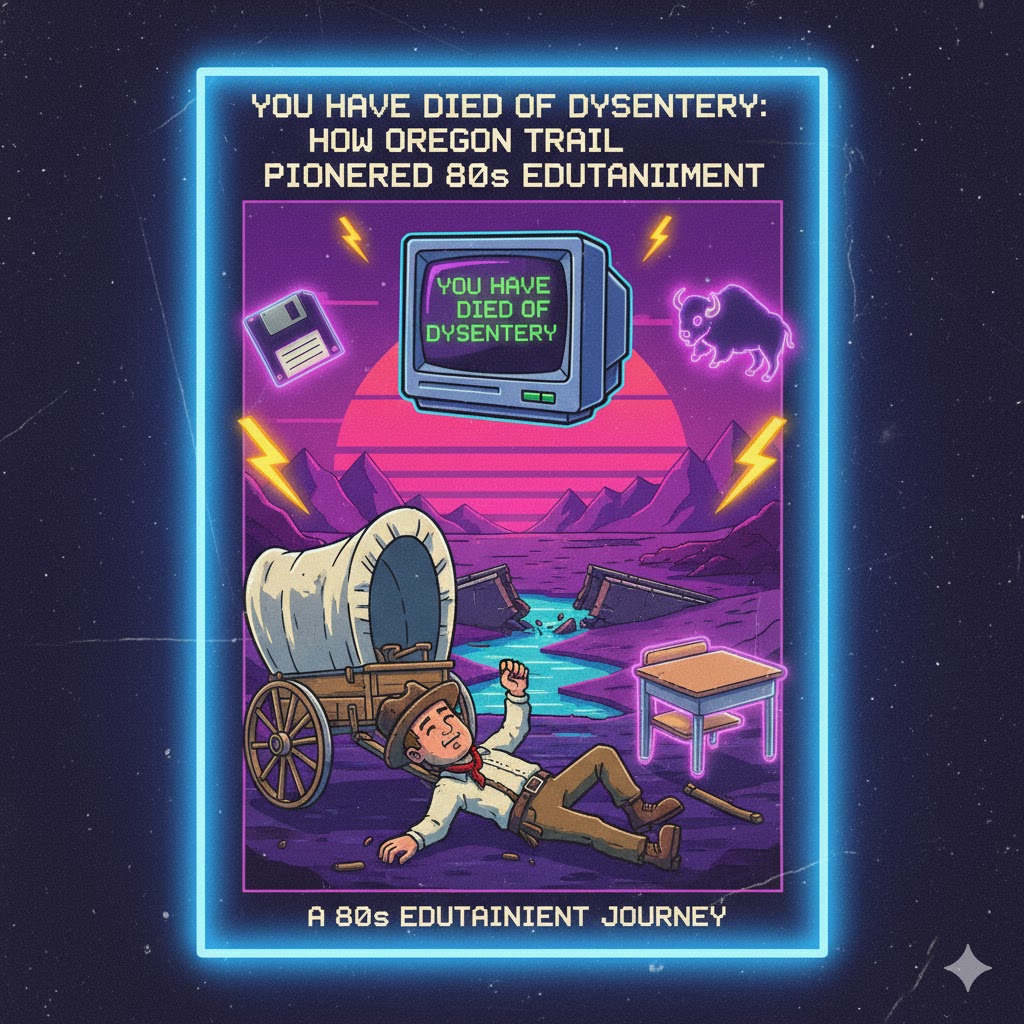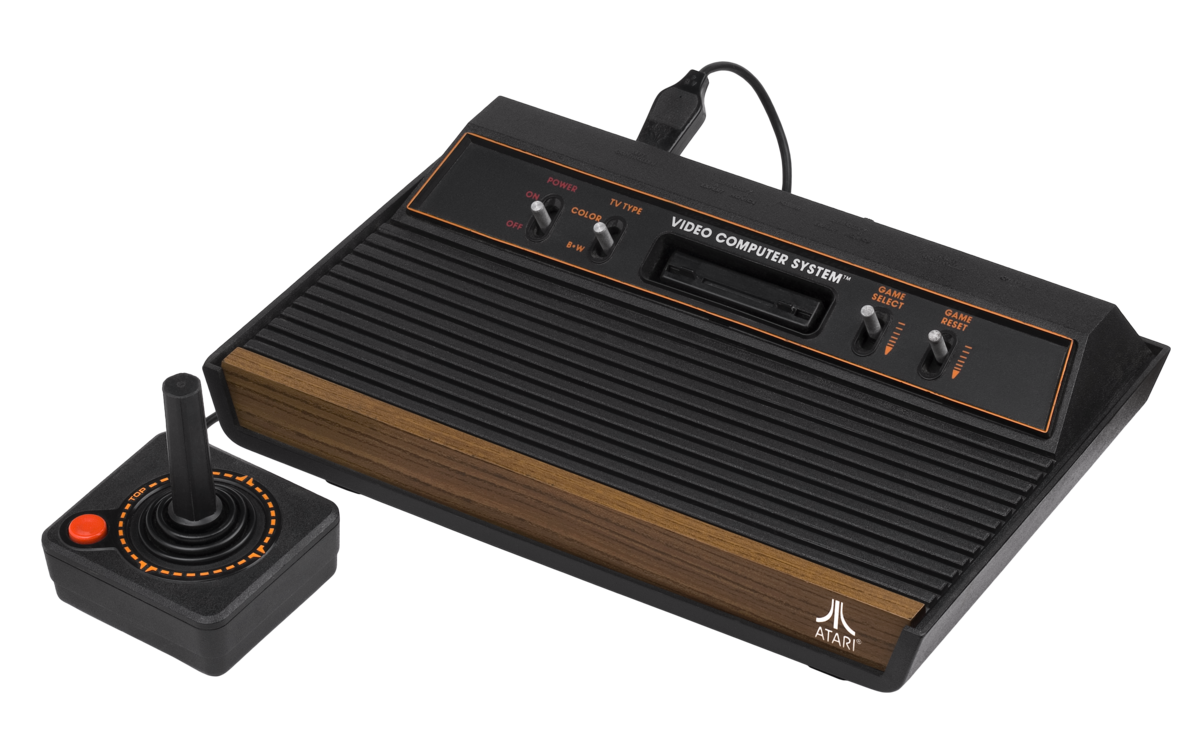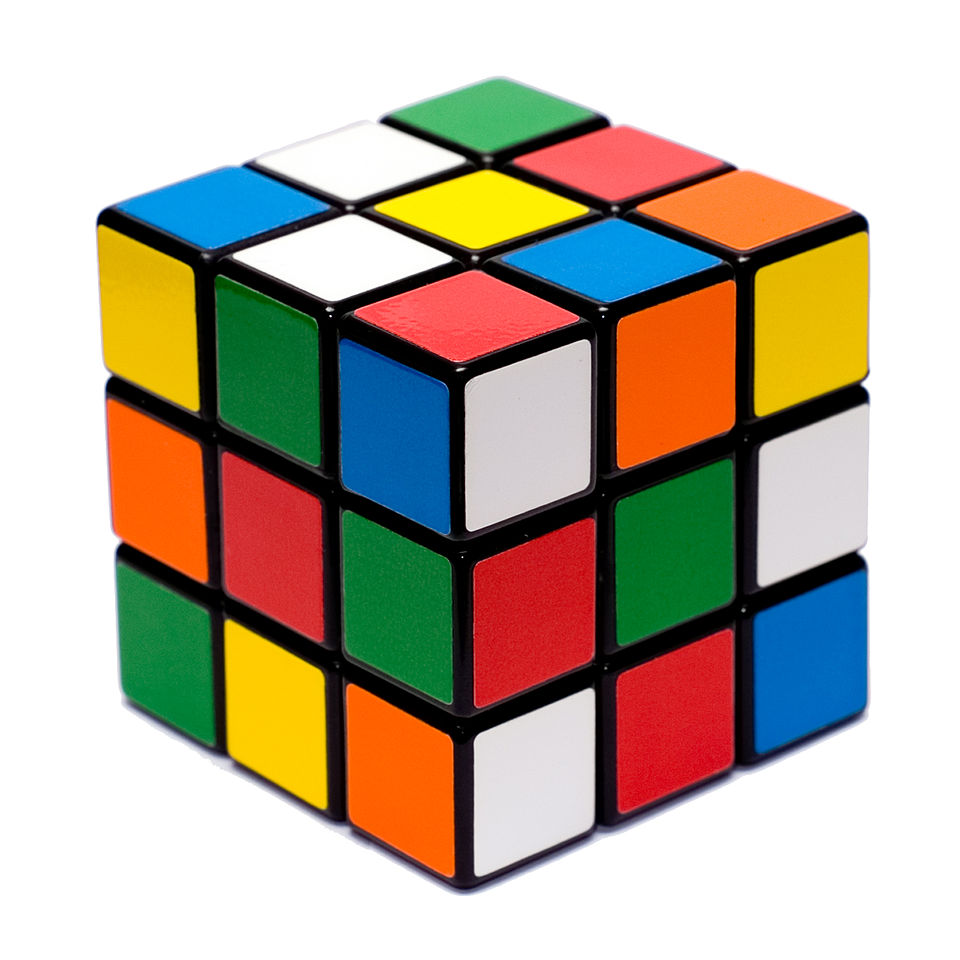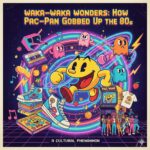 Pac-Man wasn’t just a hit; it was a cultural earthquake that permanently redefined how the world viewed video games and, critically, how companies marketed them. Its impact on the business of entertainment in the 1980s—and for decades since—was profound, establishing the playbook for transmedia franchising and character merchandising.
Pac-Man wasn’t just a hit; it was a cultural earthquake that permanently redefined how the world viewed video games and, critically, how companies marketed them. Its impact on the business of entertainment in the 1980s—and for decades since—was profound, establishing the playbook for transmedia franchising and character merchandising.
The Universal Appeal: Demographics and Design
Before Pac-Man, the arcade market was largely dominated by difficult, space-themed shooters like Space Invaders and Asteroids. These games, while popular, primarily attracted teenage boys. Pac-Man’s creator, Toru Iwatani, specifically aimed to design a game that would appeal to women and couples, a radical idea at the time.
- Non-Violent Concept: Instead of shooting, the core mechanic was eating (dots and fruit) and chasing (ghosts, temporarily). This shift away from military or violent themes made the game seem less aggressive and more inviting.
- Character Design: The round, yellow protagonist and the four colorful, identifiable ghosts (Blinky, Pinky, Inky, and Clyde) were cute and non-threatening. This anthropomorphic approach made them instantly relatable and marketable as toys, cartoons, and apparel—a critical leap from the generic spaceships and bunkers of earlier games.
- Simple yet Strategic Gameplay: The game was easy to learn but incredibly difficult to master, keeping players engaged and pumping quarters into the machine. This “easy entry, high skill ceiling” design is now a staple of successful casual and competitive games.
Pioneering Transmedia Franchising
Pac-Man was the first true video game media mogul. Its success proved that a game character could be as bankable and influential as a movie or TV star, establishing the model for every successful video game franchise that followed.
1. Merchandising Mania
The character’s simple design made him ideal for quick and mass-produced merchandise. The Pac-Man brand quickly spread to over 400 licensed products globally. This includes:
- Novelty Items: Pac-Man cereal, lunchboxes, sleeping bags, and stationery.
- Apparel: T-shirts, hats, and the distinctive Pac-Man ghost-themed costumes.
- Board Games and Toys: The sheer variety ensured that Pac-Man was present in almost every aspect of a child’s life, making the character a household name even for those who didn’t play the arcade game.
2. The Pop Music Hit
The 1982 single “Pac-Man Fever” by Buckner & Garcia wasn’t just a song about the game; it became a Top 10 hit on the Billboard Hot 100 chart, ultimately selling over 2.5 million copies. This achievement cemented the fact that video games could directly influence and crossover with the music industry, validating the cultural significance of the medium.
3. Animated Television
In 1982, the Pac-Man animated series debuted, marking the first cartoon based on a video game. Produced by Hanna-Barbera, it ran for two seasons and introduced a whole world and supporting cast—Ms. Pac-Man, Pac-Baby, and the villainous Ghost Monsters and their leader, Mezmaron—further cementing the franchise’s narrative depth and cultural footprint outside the arcade.
The Lasting Marketing Legacy
Pac-Man’s success in the 80s provided a crucial blueprint that modern companies still use today, proving three key marketing principles:
- Character is King: The focus shifted from the machine and the technology to the central character. Marketers learned that a memorable, iconic character is easier to sell and license than a concept or a piece of hardware. This lesson is visible today in franchises like Pokémon, Mario, and Sonic.
- Broad Demographic Reach: Pac-Man showed that gaming wasn’t a niche activity. By appealing to a diverse audience, companies could exponentially increase their market share, a principle that drove the success of console makers like Nintendo.
- The Power of Sound: The rhythmic, hypnotic “waka-waka” sound effect is one of the most recognizable audio signatures in history. It demonstrated the power of sound branding, creating an aural hook that was synonymous with the product and helped drive its fame through repeated, distinctive exposure.
In essence, Pac-Man didn’t just create a video game; it created a brand. It taught the 80s entertainment industry that a simple, appealing digital concept could be transformed into a vast, profitable, multi-platform empire, forever changing the way media franchises are conceived, developed, and marketed.
